Army Korean War Lynwood, IL Flight date: 10/19/22
By Al Konieczka, Honor Flight Chicago Veteran Interview Volunteer
James was born in 1944 in Birmingham, Alabama and graduated high school at the age of seventeen. He was offered a football scholarship in Texas but his family couldn’t afford the out of state tuition. James came from a family of five children – he was the middle child. Three of the five sons served in the Army. James’ father served in WWII, also in the Army. Growing up in the south, James saw firsthand the effects of segregation and thought things might be better in the north. After high school, he traveled to Chicago and moved in with his aunt and uncle.
He worked for Saks Fifth Avenue in Chicago until he was drafted at the age of 18. When he was drafted, he went in for his physical and was sent straight to Fort Campbell in Kentucky that same day. They were overloaded with trainees at the time, so he was transferred to Fort Leonard Wood for eight weeks of Basic Training in Missouri. The only part of Basic Training that bothered James was segregation. “I saw segregation even in Basic Training. But, I was able to get over it easily because I had already lived with it while growing up in Alabama.”
After Basic, James headed to Fort Ord in California where he completed his Advanced Individual Training (AIT) program in the Noncommissioned Officers Academy in June of 1963. Fort Ord was used as a center for instruction of basic and advanced infantrymen. James then went off to Combat Development Experimentation Command (CDEC). This 250,000 acre natural laboratory was where all sorts of military concepts for possible future conflicts were tested and evaluated. Scientists and top soldiers created and supervised a series of controlled combat experiments to determine which organizational structures, which weapons and materials and which tactics and techniques might be most effective in actual combat situations. After completing his AIT, James and another soldier were assigned to work at the local stockade for about a month. They were supervising three men from the stockade who were assigned to cut grass, plant flowers and other work duties at the officer’s quarters. James chuckled and said, “They gave us 12 gauge shotguns and three rounds. I told the dude when he sent me out, they can run all they want and I’ll never pull the trigger on them.”
After he completed all of his training, James returned home to Alabama for two weeks before heading for Korea. He flew on a commercial Pan Am flight from San Francisco to Wake Island then on to Yokohama, Japan where he spent a week waiting on his orders. He finally flew to Korea and was assigned to the 32nd Infantry Division, Company C.
James described his first assignment when he arrived in Korea. “In Korea, I was placed at Camp Casey and Camp Hovey which were connected camps. You could walk from one to the other. Casey was the main camp because it had the hospital and everything. Camp Hovey was more like an outpost.” The major U.S. ground combat units in Korea at the time were the 2nd Infantry Division (2ID) and 7th Infantry Division (7ID), I Corps and the 8th Army. The 2nd Infantry Division stood with the 3rd Brigade manning 29.8 km of the Korean Demilitarized Zone (DMZ) essentially due north of Seoul, Korea. Each day they were told what to do and how to do it. They either walked the post near camp or set up on the outward post. “In the outward posts, we manned a series of bunkers to watch for and avoid any ambushes by the enemy. Most of the skirmishes were between the Republic of Korea Army (ROK) soldiers and the North Korean Army. But we always had to be on alert and be ready. My daily job was to take the daily orders and perform the duties assigned to us for that day and be ready for anything.”
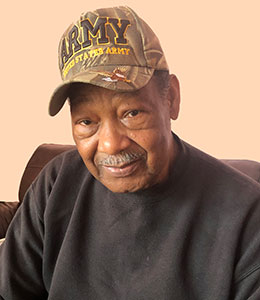
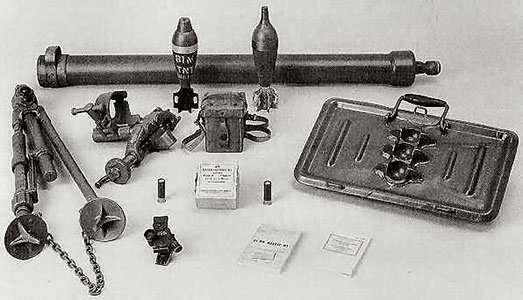
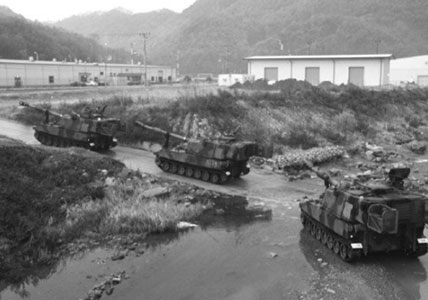
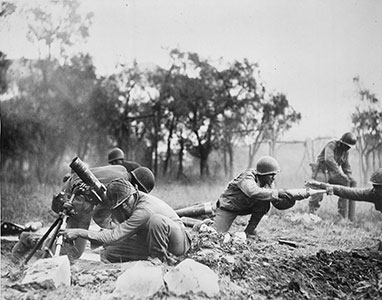
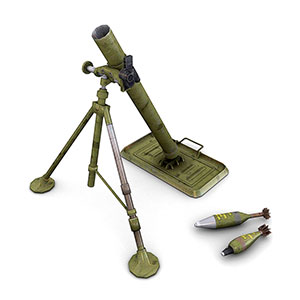
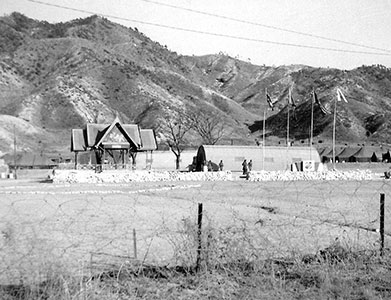
After proving himself as an infantry soldier, James was promoted to a squad leader for an 81mm mortar team along the DMZ. James always considered himself a very detail oriented guy. “I read all the manuals and information about the mortars we were using so I knew all that I could about these weapons. My platoon had five men: the squad leader, the gunner, the assistant gunner, the first ammunition bearer, and the second ammunition bearer. Three were American soldiers and two were South Koreans.” There were a total of three mortar units in his company.
James made rank pretty fast during his time in Korea. He was promoted to E4 and even up to E5 but for some reason that was taken back from him. “I guess they liked my work and how I presented myself because in 22 months I actually made it to E5, but since we were still battling those racial issues, my E5 was taken back – I’m not sure why. My DD214 shows me as an E4 but I was still pleased with that.” African-American troops encountered terrible racism, discrimination and violence during the Korean War. The struggle for military integration in Korea mirrored similar struggles on the home front.
James recalled a story that was his worst memory from Korea. One of his good friends, McElroy, along with his First Sergeant, a guy named Siniski, were both killed one night, apparently at the same time. “The three of us were all sitting together sharing a few drinks near our hooch one night while off duty. I decided to go back to my bunk and finish a book I was reading. My friend McElroy said he was going into the nearby village. McElroy and Siniski went to the village and the next morning we found out they were both dead. They never told us how they were killed and it bothers me still today. If I had gone with them, I could have been killed too.” James still attends counseling sessions to cope with the loss of his friends that night.
While stationed at camp, they slept in a hooch (slang for an improvised living space). When they were assigned the outpost duty outside the camp, they slept in trenches. “In Korea, it would snow real bad and be very cold. If it snowed a lot, we would dig into the snow and cover ourselves with a poncho making a type of igloo to keep warm. You learned how to survive.”
James learned a lot in the Army that helped prepare him for life after the military. When James left Korea, he traveled home for 15 days aboard the troopship USS General William Mitchell. The war in Vietnam was starting as he was nearing the end of his service and he considered re-enlisting and going to Vietnam. “Of course I talked to some of the men on the ship during the trip home and they all said, don’t do it. So I thought about it on the trip back to California and took their advice and decided not to reenlist. Of course that’s the first thing they asked us when we got off the ship – do you want to reenlist. I told them no, I’m just going to ETS now.”
When James completed his service in Korea, he went into the Army Reserves, since he had initially signed up to serve for seven years. He joined the 926th Engineer Brigade back in Alabama to finish out the remainder of his time. He was a heavy equipment grader operator. Their company created different obstacle courses and things for new trainees.
After his time in the Reserves, James returned to Illinois. He got a job working for the United States Postal Service where he met his current wife Barbara. James worked for 37 years at the main post office in downtown Chicago. James and Barbara have been married for 40 years. They have 4 children, 10 grandchildren and 8 great-grandchildren. He enjoys bowling and golf, but with pain in his feet and lower legs from neuropathy, he can no longer enjoy many of those activities.
James lost all of his photos, medals and other memories from his time in Korea during a flood but he still remembers the wonderful men he served with. “All the guys I served with I knew their last names but never really knew their first names. We always addressed them by their last name and their last name was on their uniform and that’s how we referred to each other. They were all really good guys. I truly enjoyed my time in the Army.”
James, thanks for your years of dedicated and courageous service to your country. Enjoy your well-deserved trip to Washington D.C.!


